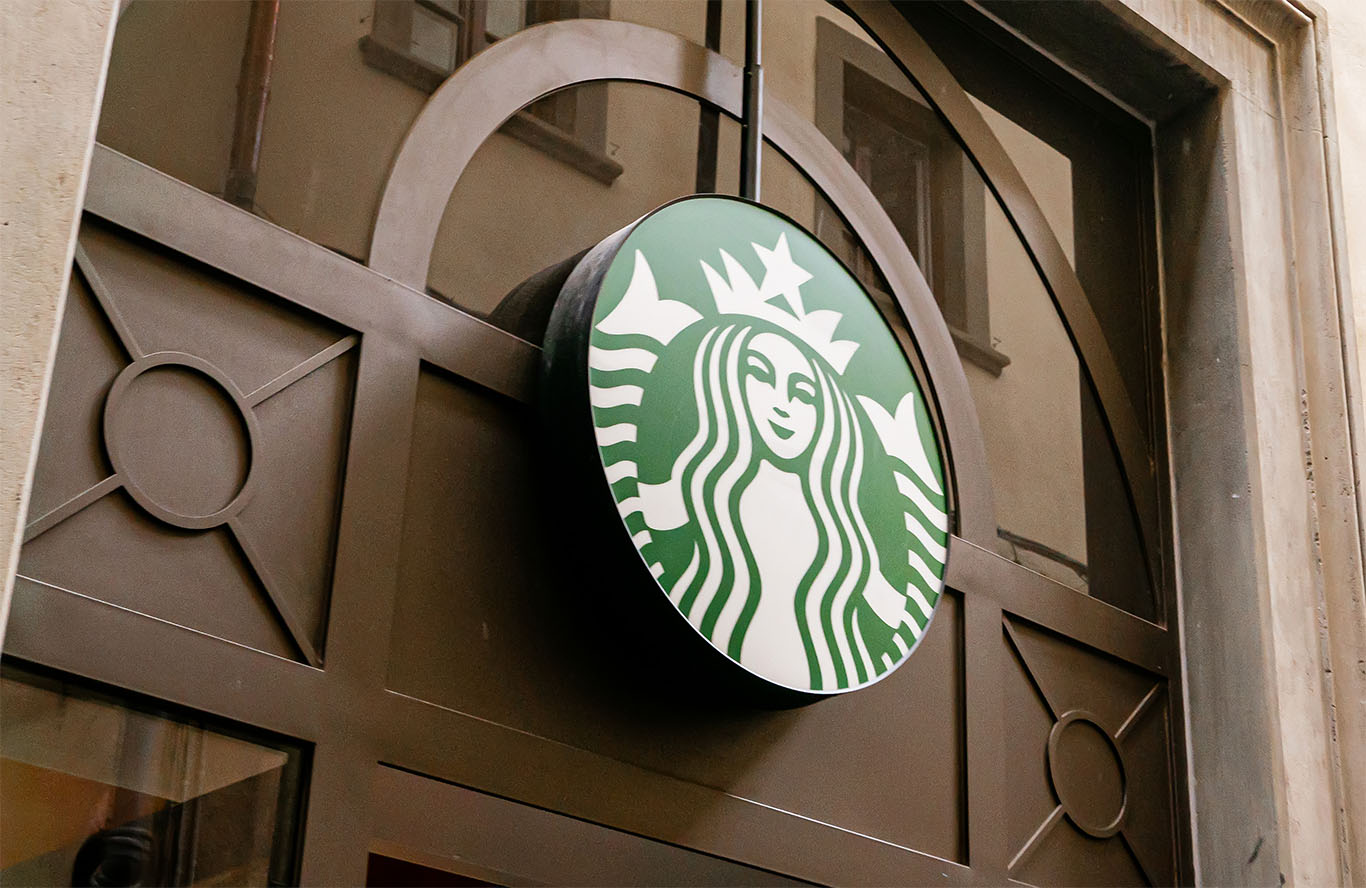
Starbucks is betting big on protein drinks, voice ordering and AI
Subscribe to our free newsletter today to keep up to date with the latest business news.
Starbucks is undergoing a strategic transformation that may redefine how fast-beverage retail operates. Under CEO Laxman Narasimhan, the company is moving beyond its traditional coffee focus to introduce high-protein beverages, artisanal food items, and advanced digital ordering features.
This shift is not just a menu update. It reflects Starbucks’ push to meet growing demand for wellness-forward products and streamlined digital experiences. Narasimhan’s comments suggest a comprehensive effort to reshape how the brand delivers value in the quick-service restaurant sector.
The company is realigning its offerings with a health-aware, convenience-driven customer base. With protein cold foam and small-batch pastries now part of the conversation, Starbucks is moving away from mass-market expectations toward curated menu development. This comes as growth slows in core coffee categories and competition intensifies in the premium on-the-go market.
The growth of health-conscious and protein-rich offerings in QSR
Starbucks is investing in nutrition-focused innovation to capture interest from health-conscious buyers. Its new lineup of protein lattes and cold foam options delivers between 15 and 36 grams of protein per drink. These offerings position the company within the growing $850 billion health and wellness food sector.
Cold foam modifiers alone have grown more than 20 percent in sales over the past year. Consumers are responding to products that combine functionality and flavor, and Starbucks is using that momentum to introduce differentiated, premium beverages.
Alongside drinks, Starbucks is bringing in more refined food options. While baked goods have long been a staple, the new lineup reflects an emphasis on flavor, texture, and quality over mass production. This aligns with trends seen in upscale, health-aligned bakeries that are increasingly popular in urban markets.
Tech-forward transformation: voice ordering and predictive menus
Starbucks is also expanding its app capabilities. The company plans to add voice-activated ordering, making it easier for customers to place orders through natural language interactions. This development is part of a larger goal to reduce friction and improve speed in mobile transactions.
The next stage includes predictive artificial intelligence. Starbucks aims to suggest menu items based on time of day, customer behavior, and even weather conditions. A customer might receive a personalized offer for a cold protein drink on a hot day, based on prior purchases and current conditions.
This kind of predictive technology has become standard in e-commerce but remains rare in food retail. With its size and data infrastructure, Starbucks is well-positioned to roll out this capability at scale.
At the same time, Starbucks is simplifying its menu. Reports indicate that the company has cut about 30 percent of its US menu items. This move is designed to reduce operational complexity, improve service speed, and create a more consistent experience across locations.
Rather than expanding the menu indefinitely, Starbucks is narrowing its focus to better-performing, higher-margin items. This reflects a shift from volume to quality, aligning labor and supply chains with the company’s strategic priorities.
As Starbucks embraces health-forward offerings, personalization, and digital efficiency, it is creating a model for what fast-casual beverage retail may look like in the years ahead.
Sources: